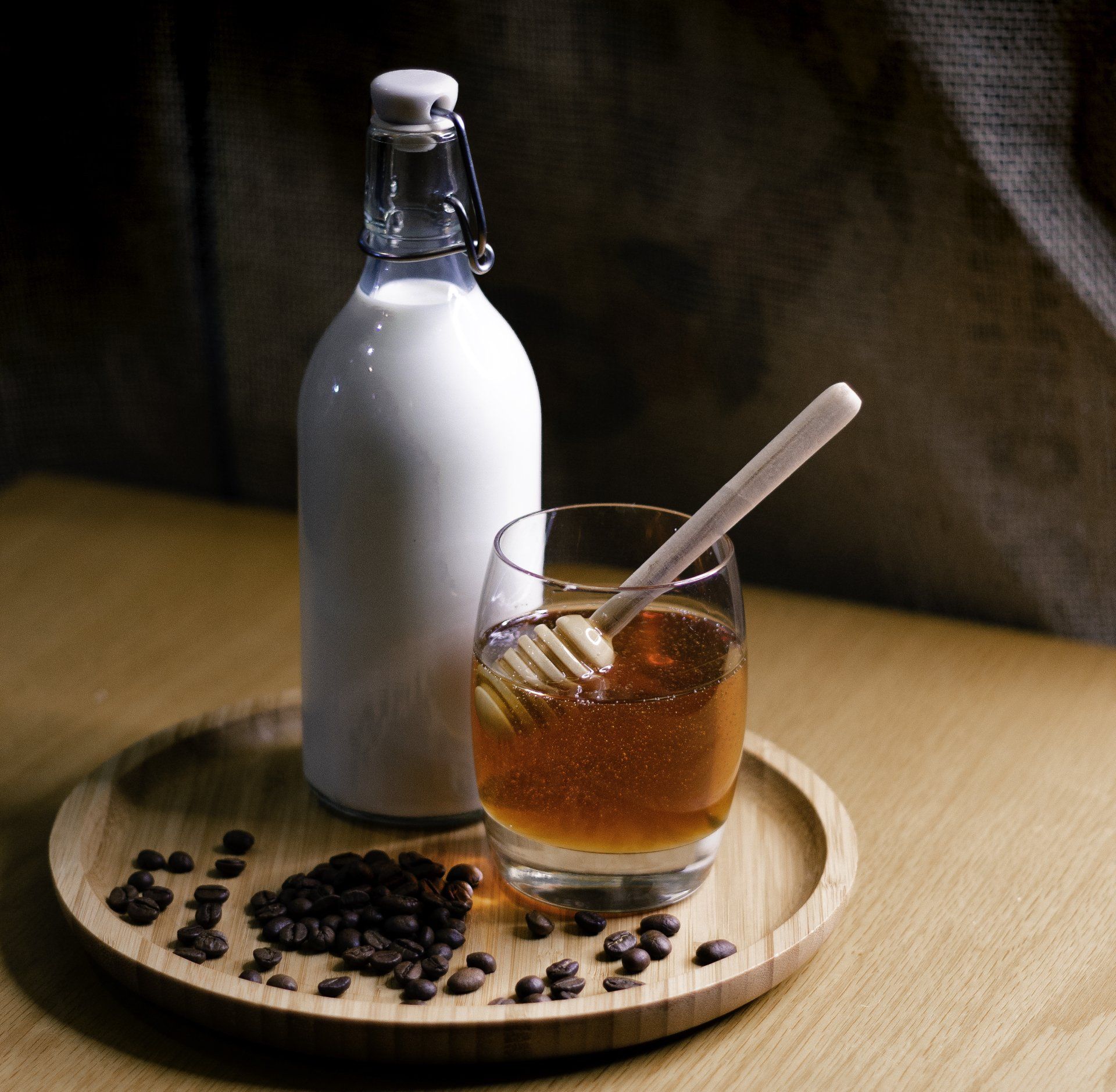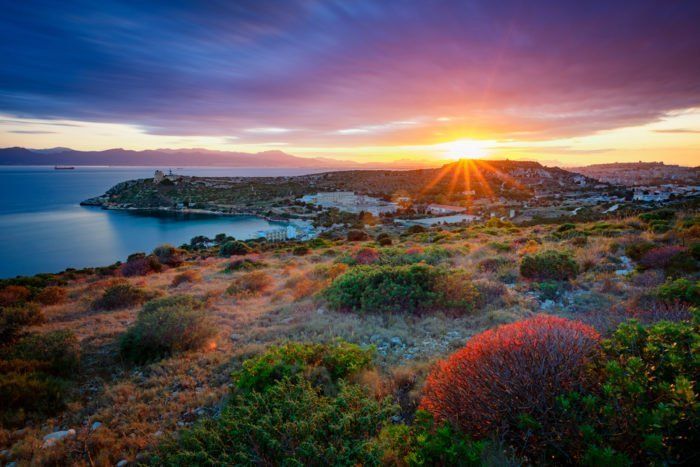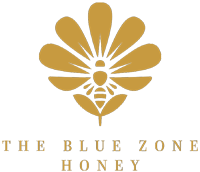How to choose your honey

Not all corbezzolo honeys are the same
So it’s important to know what to look for on the label.
All pure monofloral Strawberry Tree Honey come in varying degrees of strength.
Different brands use different grading systems to highlight the strength.
Strawberry Tree Honey Blends or Multifloral Arbutus Honey are generally cheaper and contain honey from the nectar of many flowers, or have been blended with other types of honey.
This is evident on the flavour of the honey its consistency that every year is different.
The only way to find true Corbezzolo Honey is to make sofisticated analysis (and also very expensive) that only a few beekeepers do.
This is what we do every year to demostrate that our honey is as pure as the nature can do.
Taste of a pure corbezzolo honey
Corbezzolo (Arbutus Unedo) is the major source of the finest bitter honey while Sardinia is the world-leading producer, thanks to the broad expanse of Mediterranean scrub.
Nectar is collected by bees in wintertime (October-January).
Corbezzolo honey, also known as arbutus or strawberry tree bitter honey, fits best in our concept of healing products due to its bitter taste.
It’s something deeply rooted in our subconscious that if it’s sweet and pleasant is not healing.
Medicine is supposed to be bitter and hard to take.
We have to suffer to be healed.
This is a rare type of honey and though there are beekeepers who make it because of its unique bitter taste.
Some notes of coffe and cinnamon are also very common to be found while testing it.


WHY SARDINIA
Sardinia accounts for the production of almost all strawberry tree honey in the world. This is due in particular thanks to its particular geographical position in the Mediterranean Sea and of course to its climate which is very hot during summer and mild during autumn (which is the season when the strayberry trees bloom). Also the fact that this island is still mostly uncontaminated and also that most of the plants haven't been cut in the past thanks to its remote locations has made this kind of production very common in this island...even not very easy to do!
